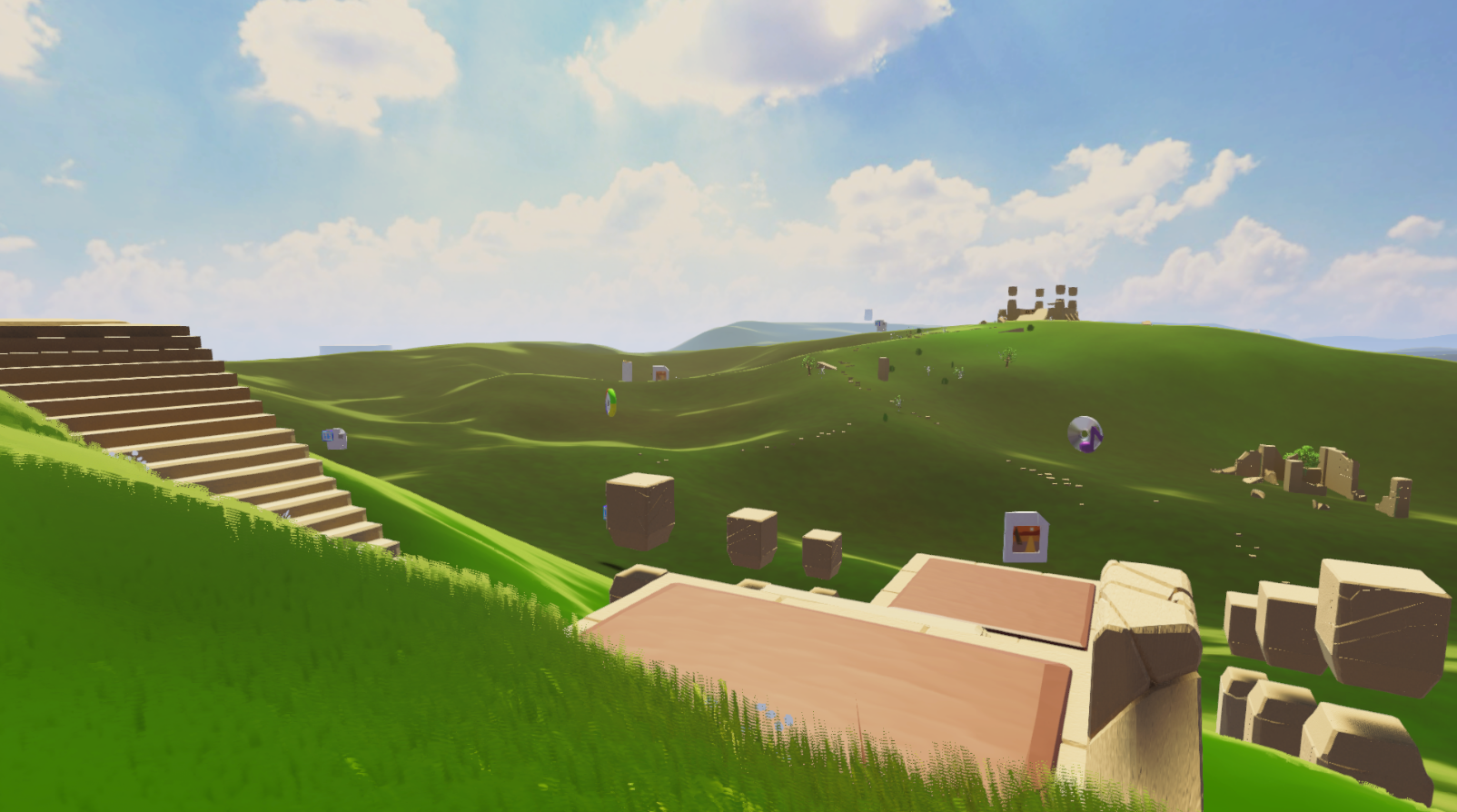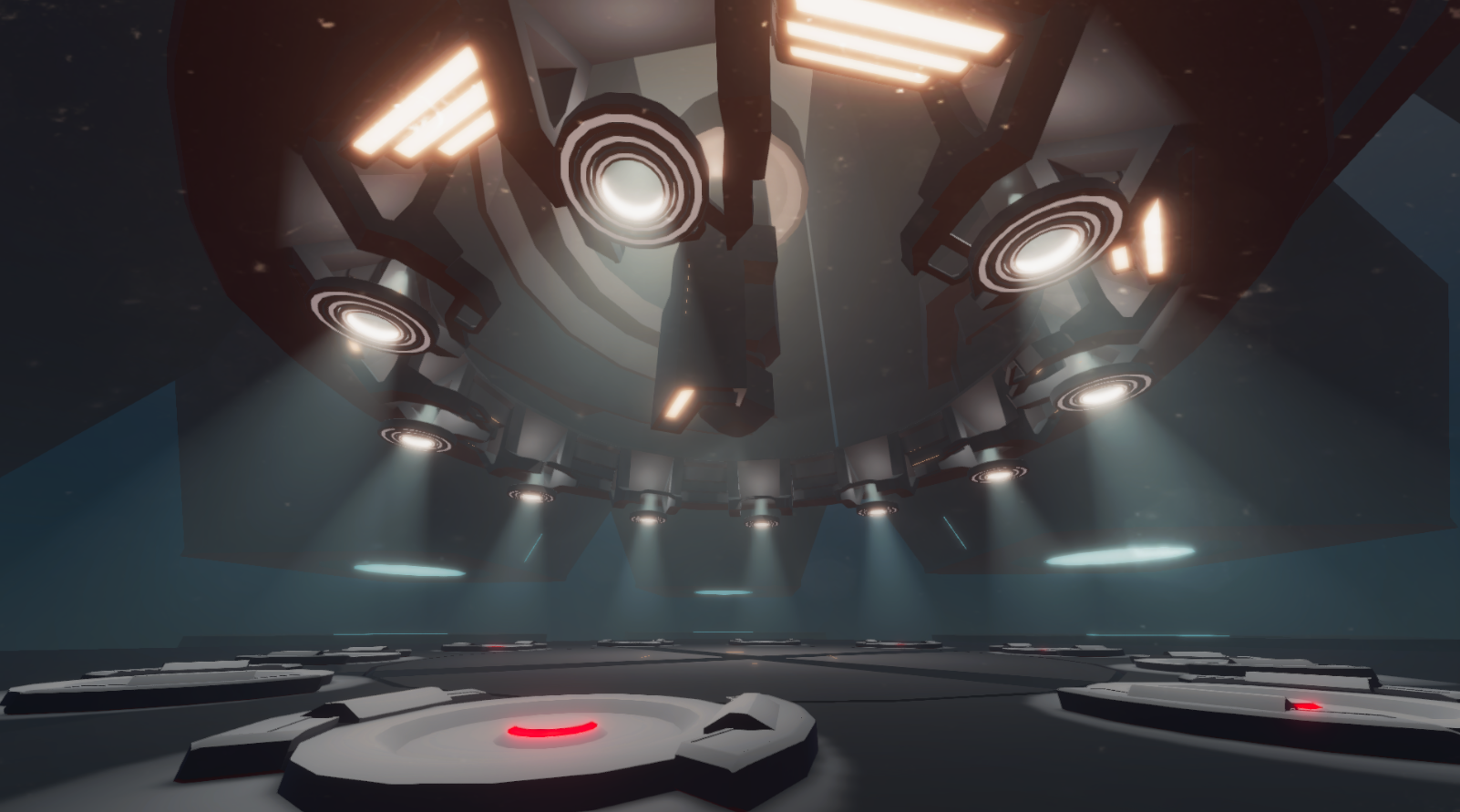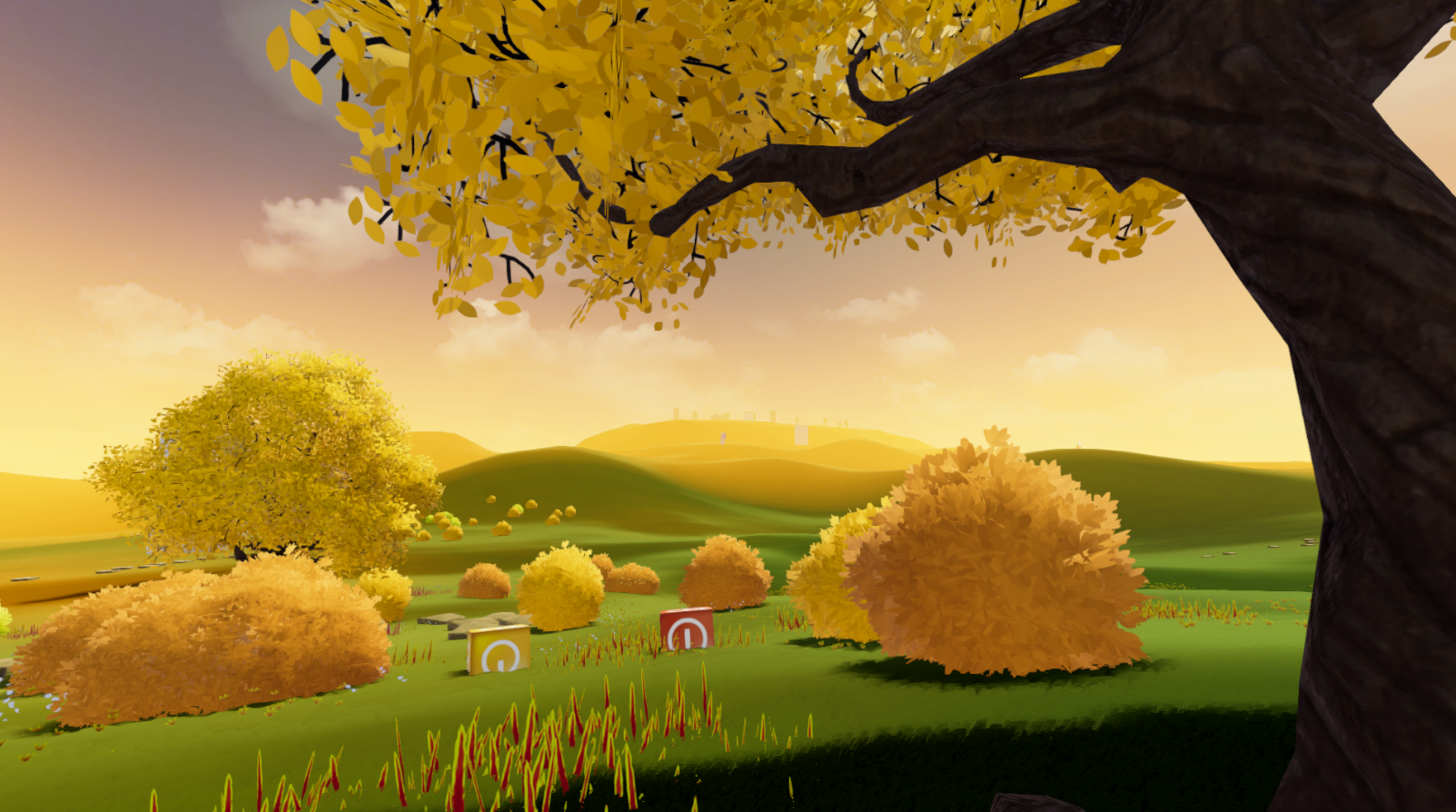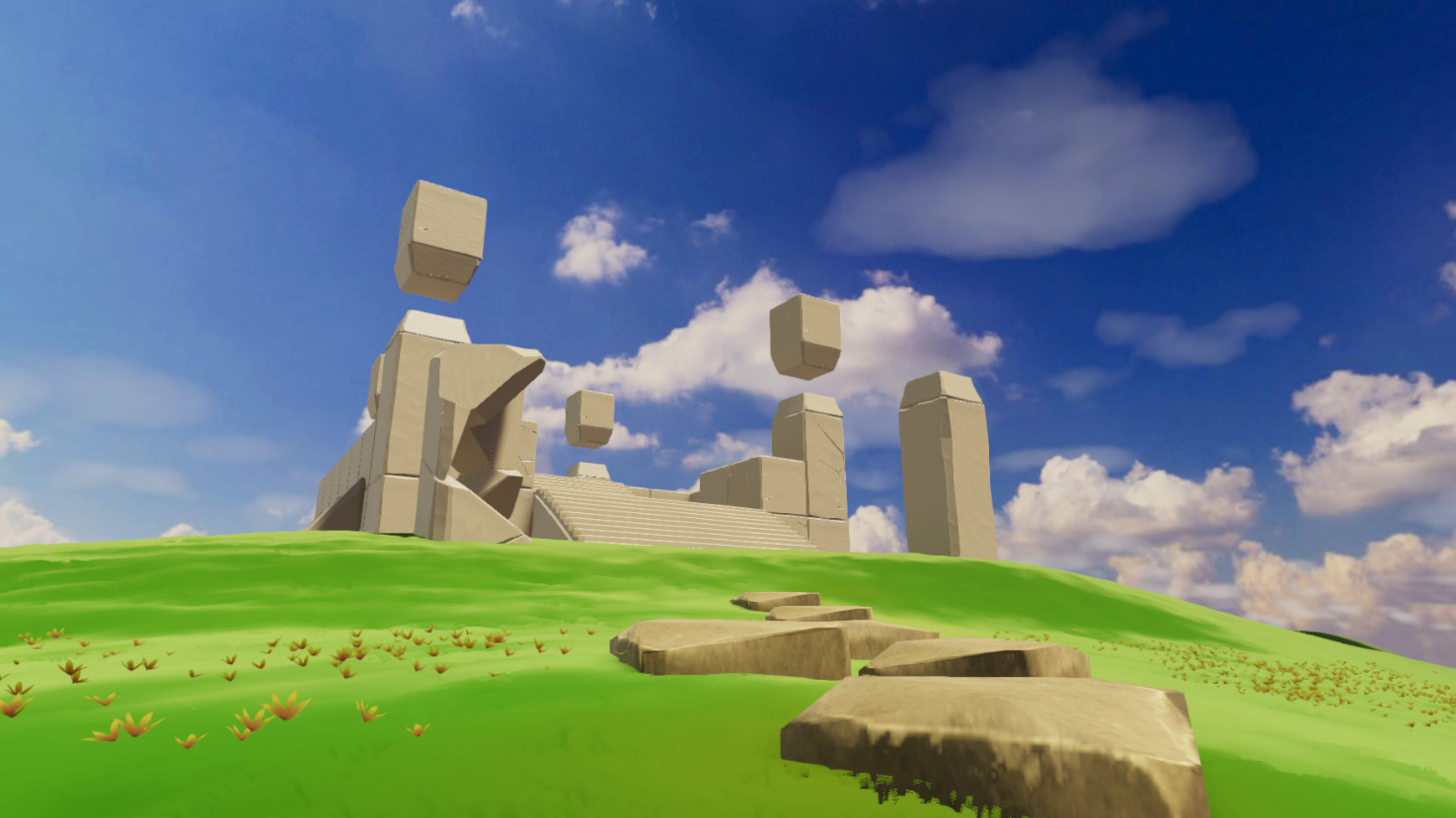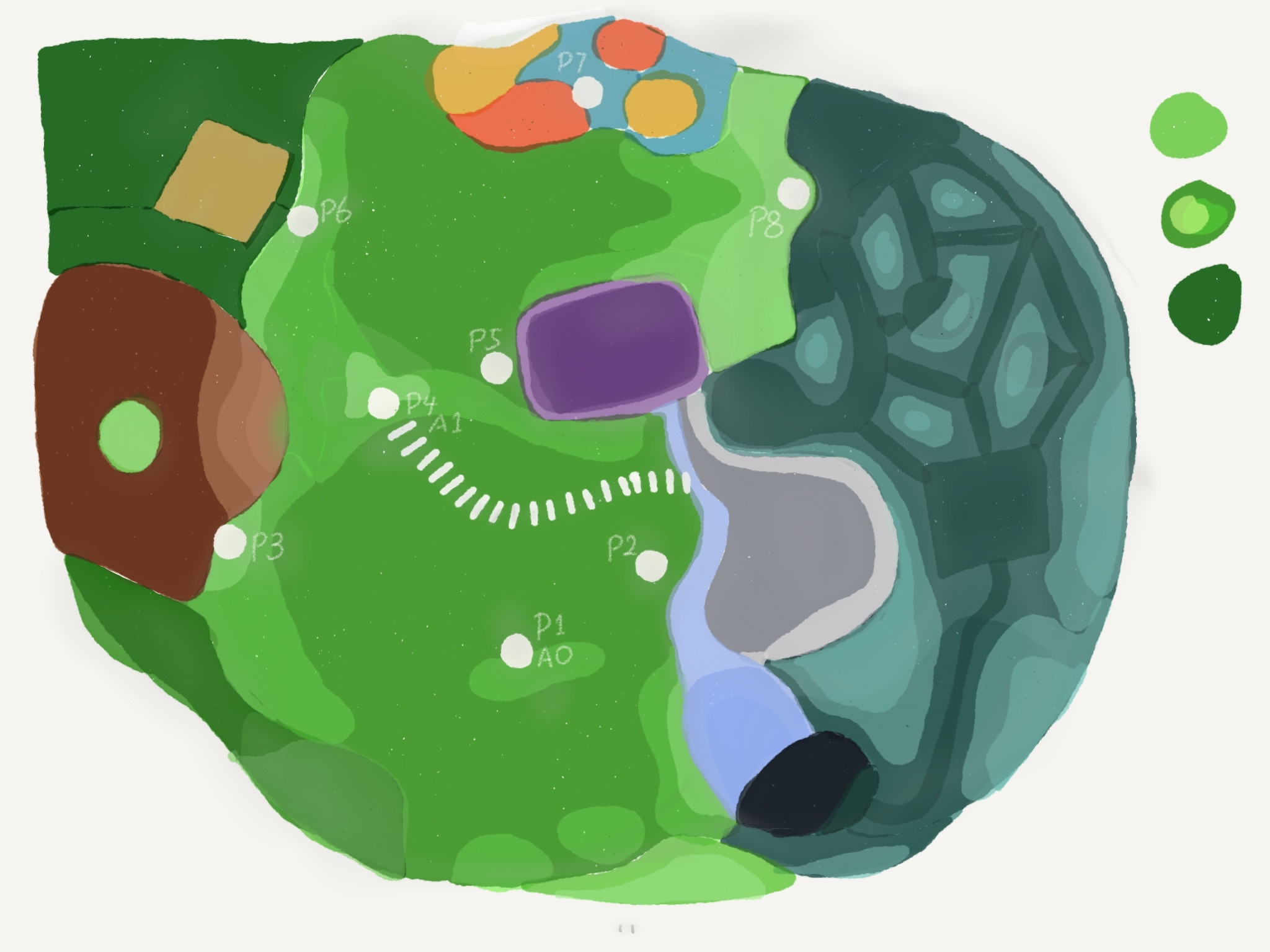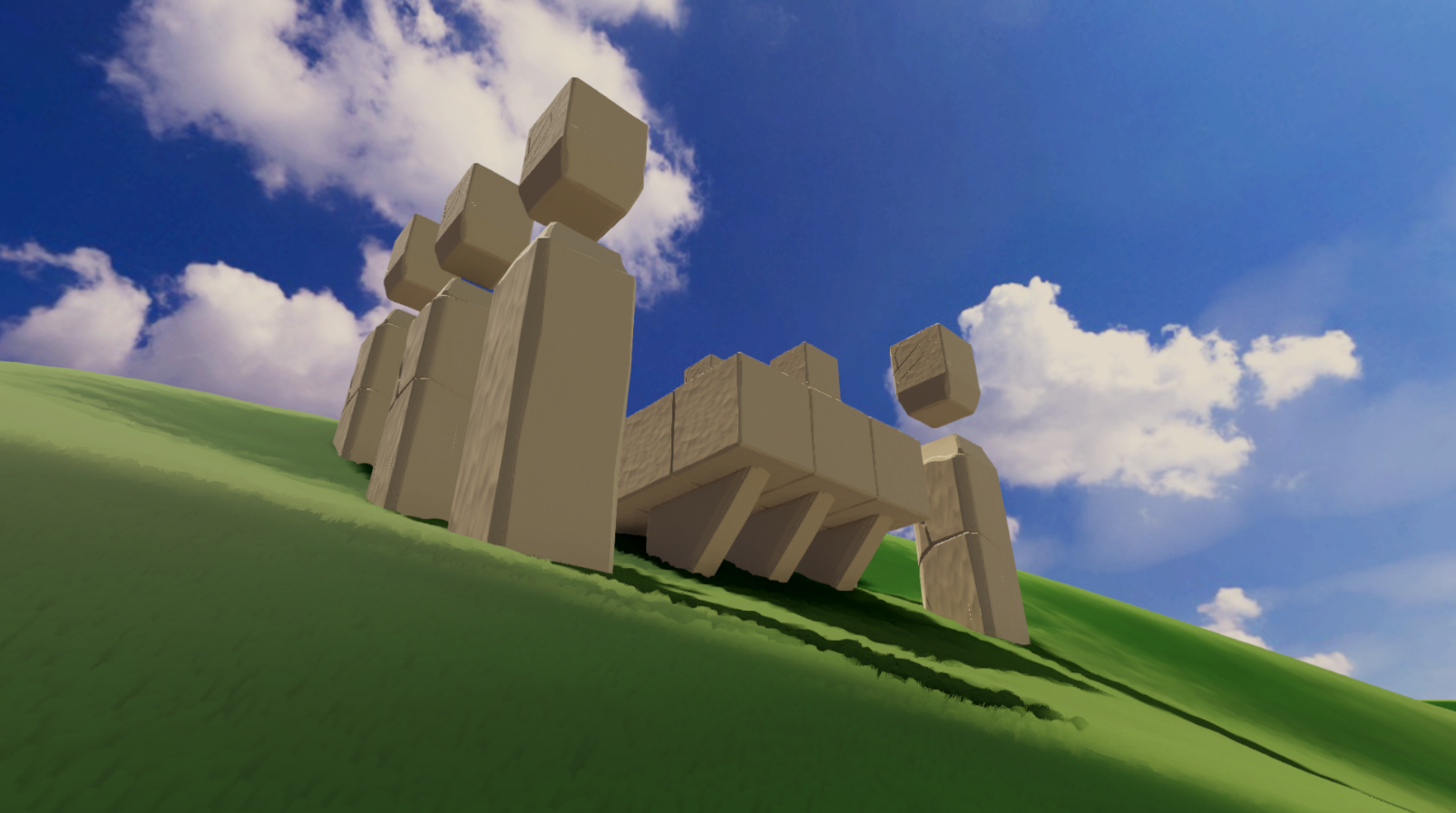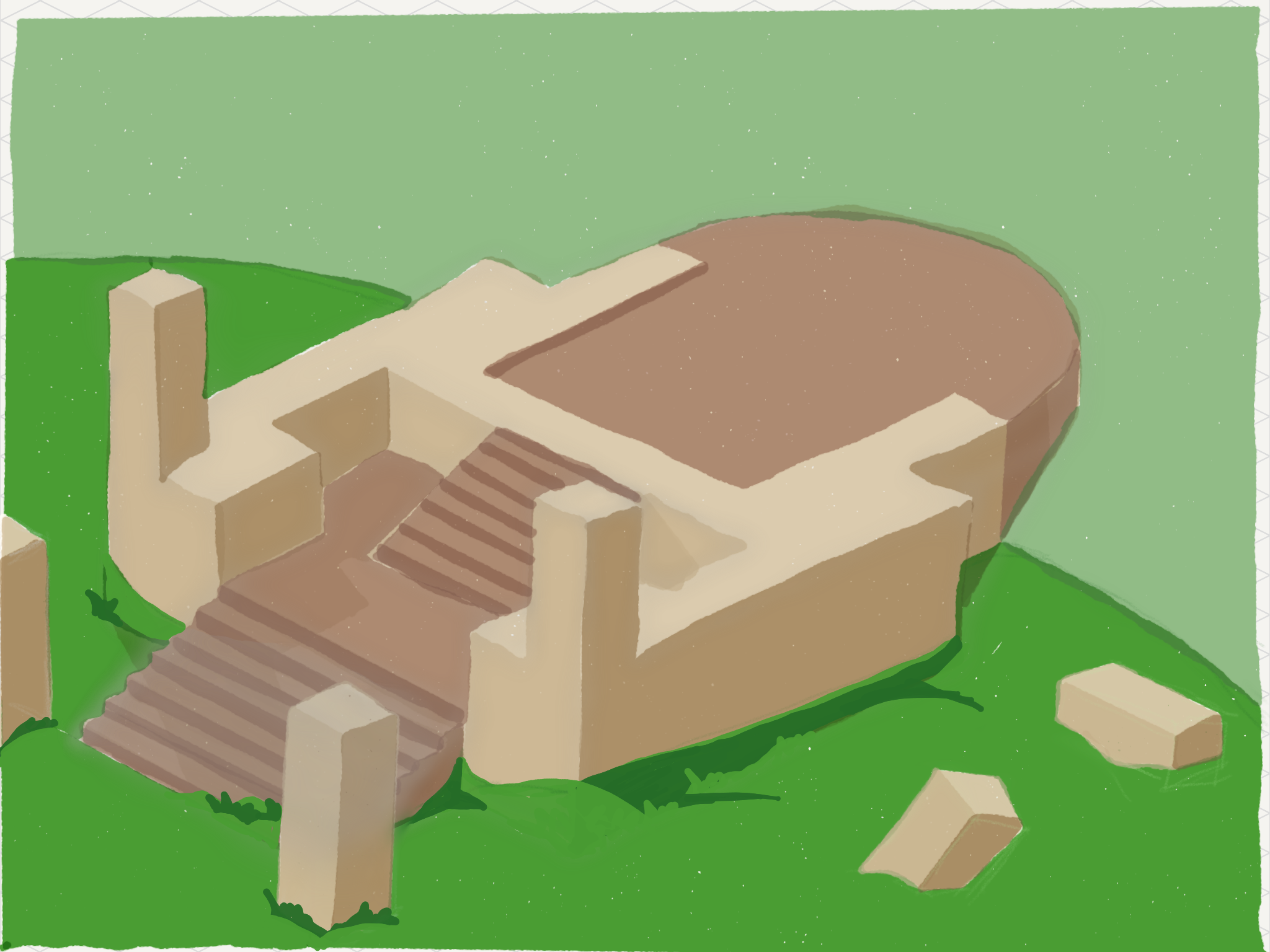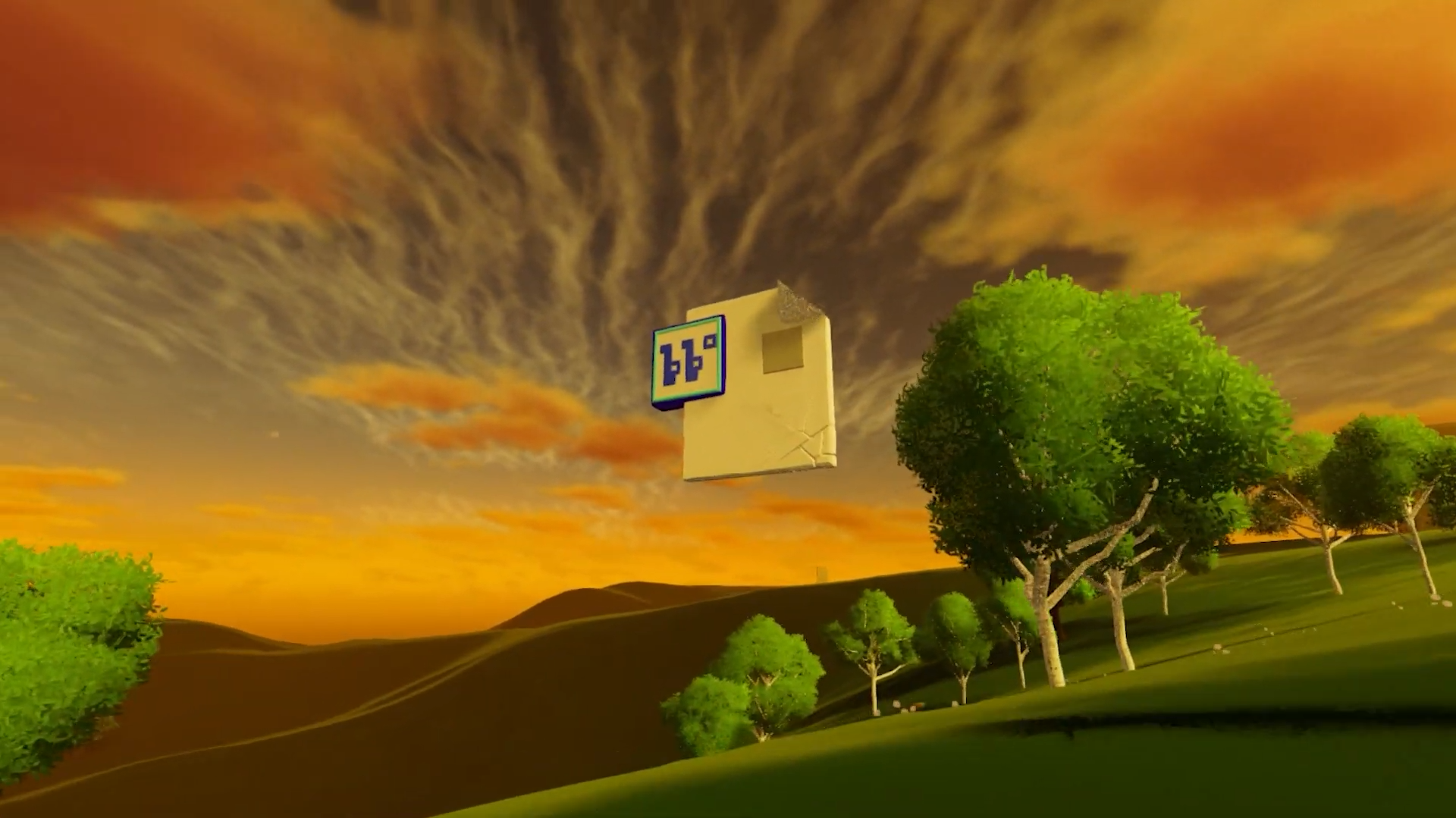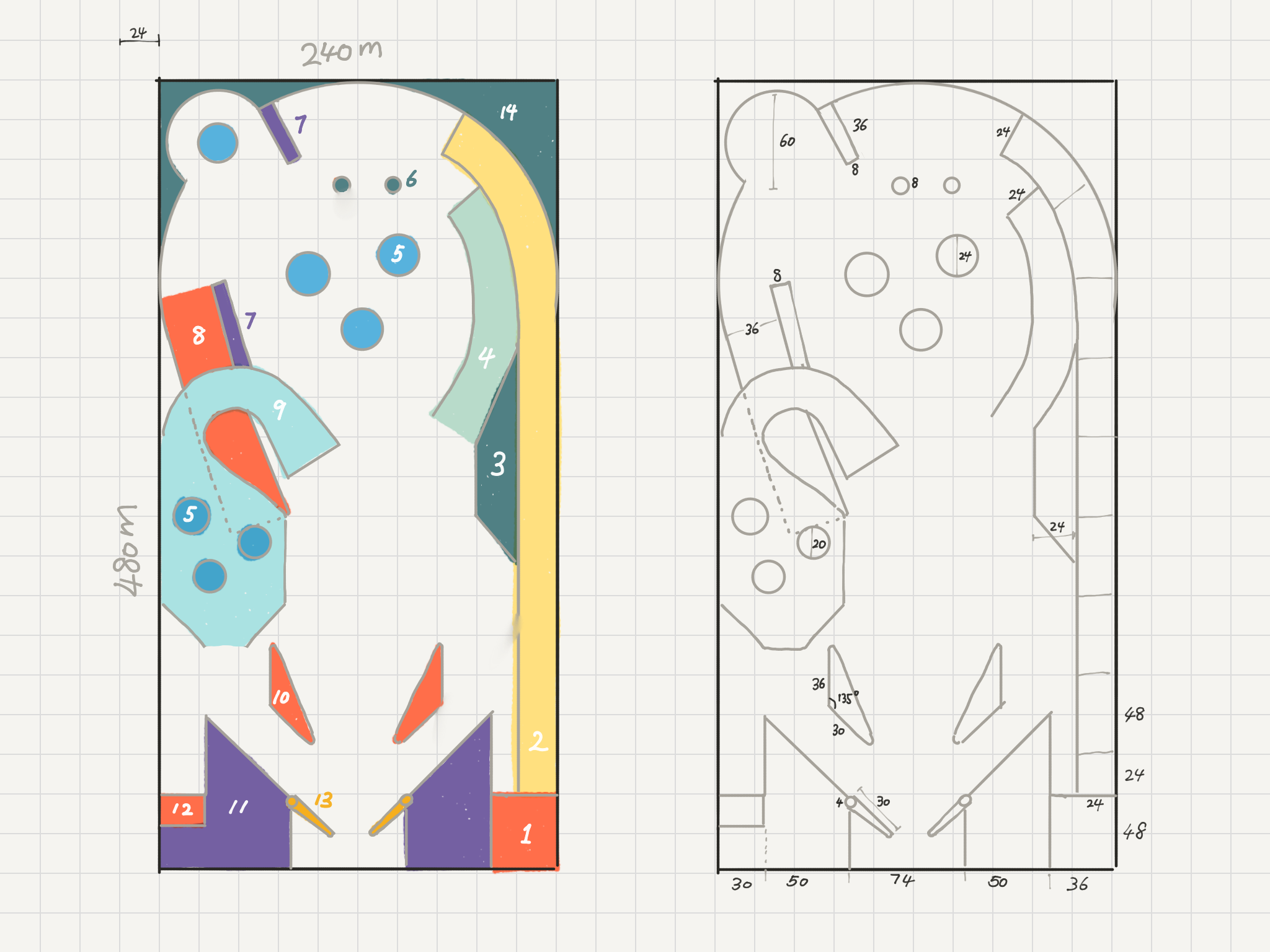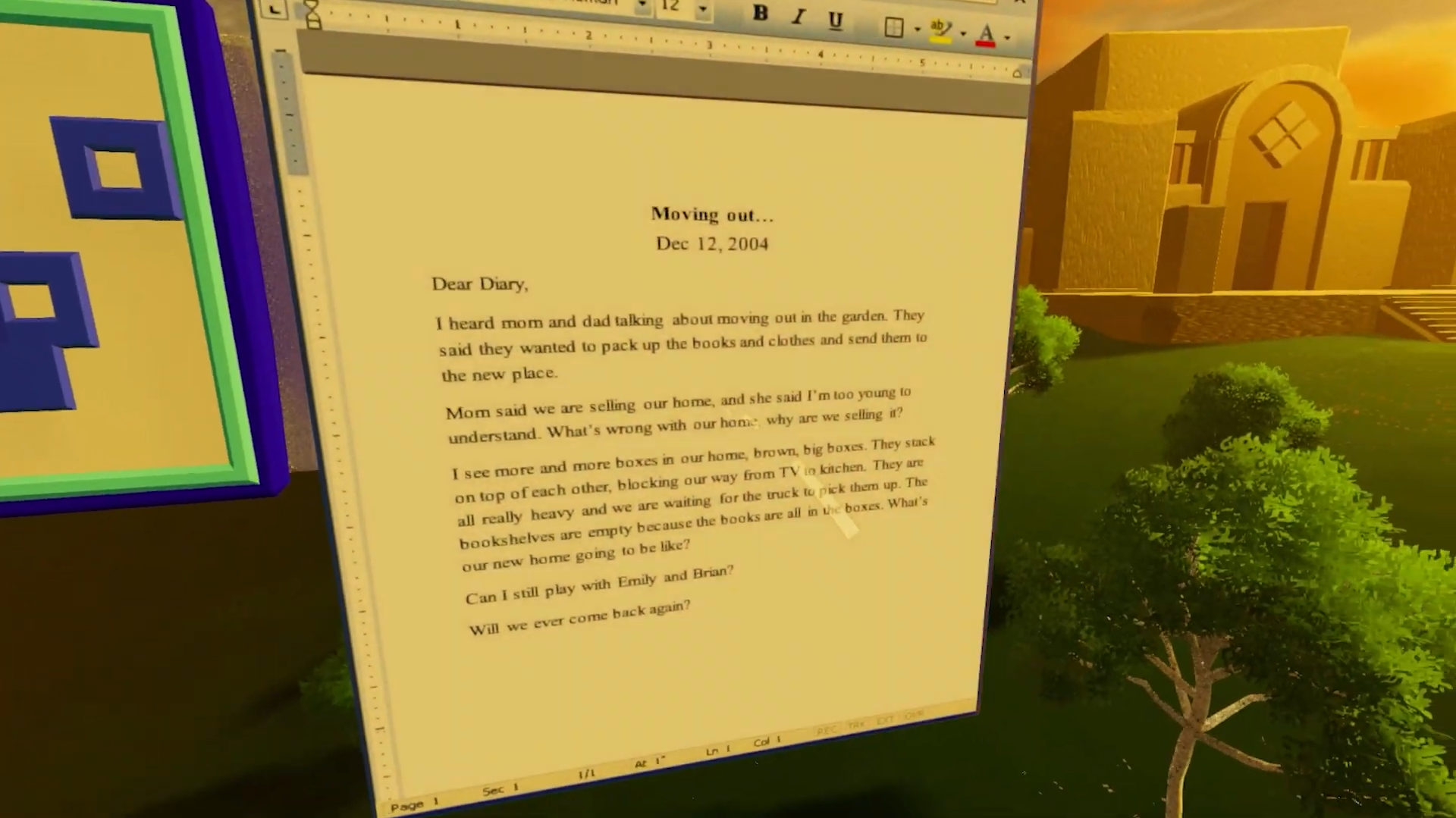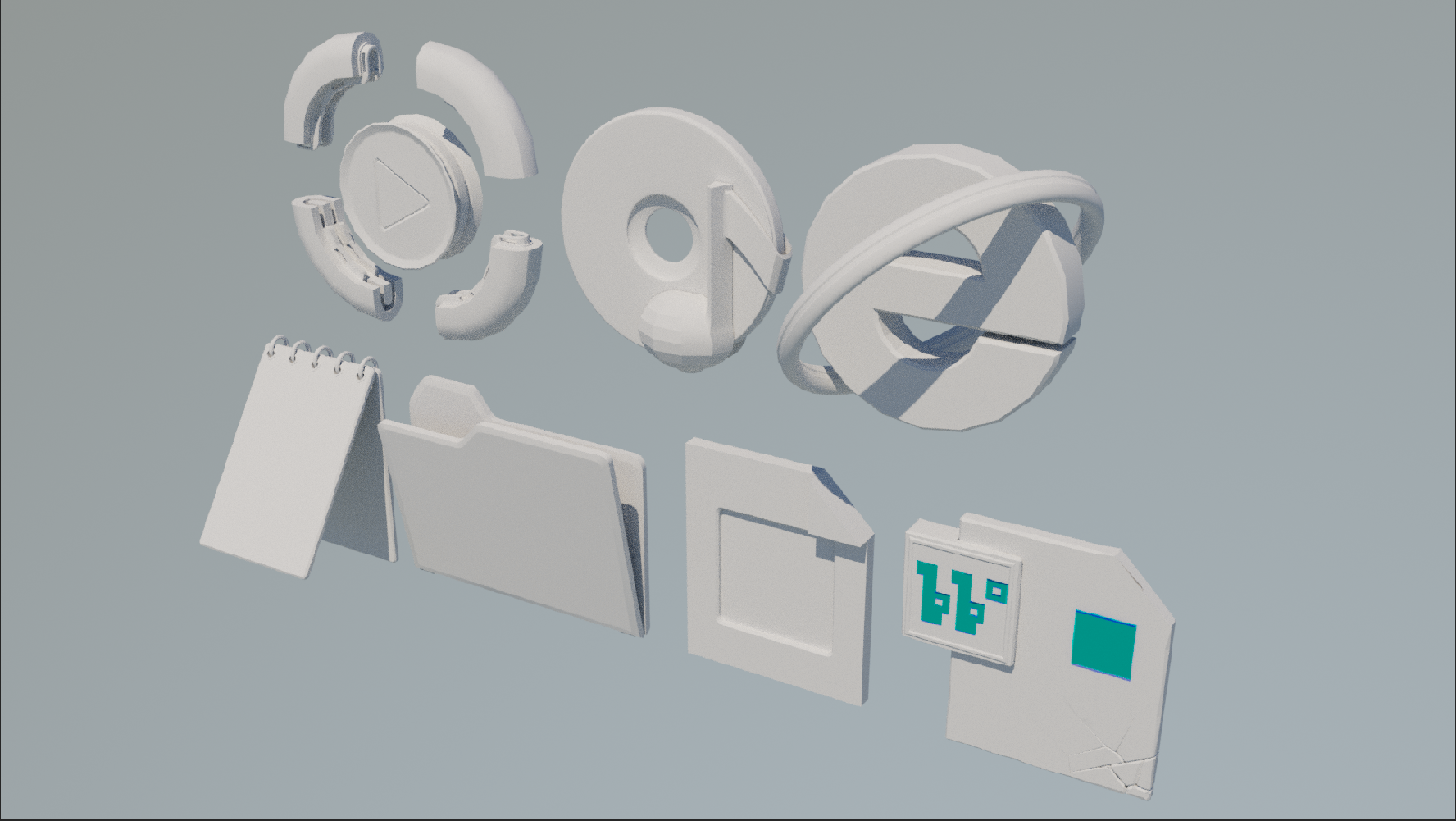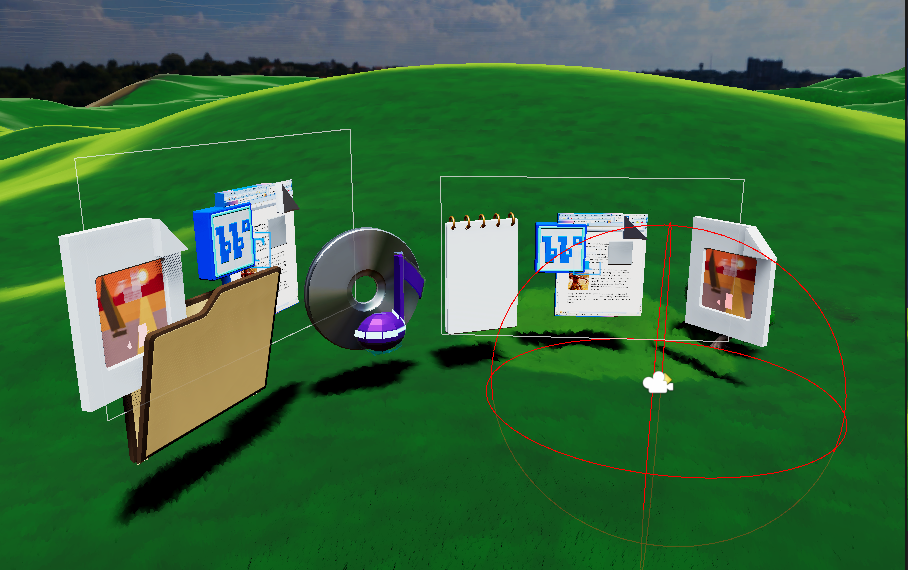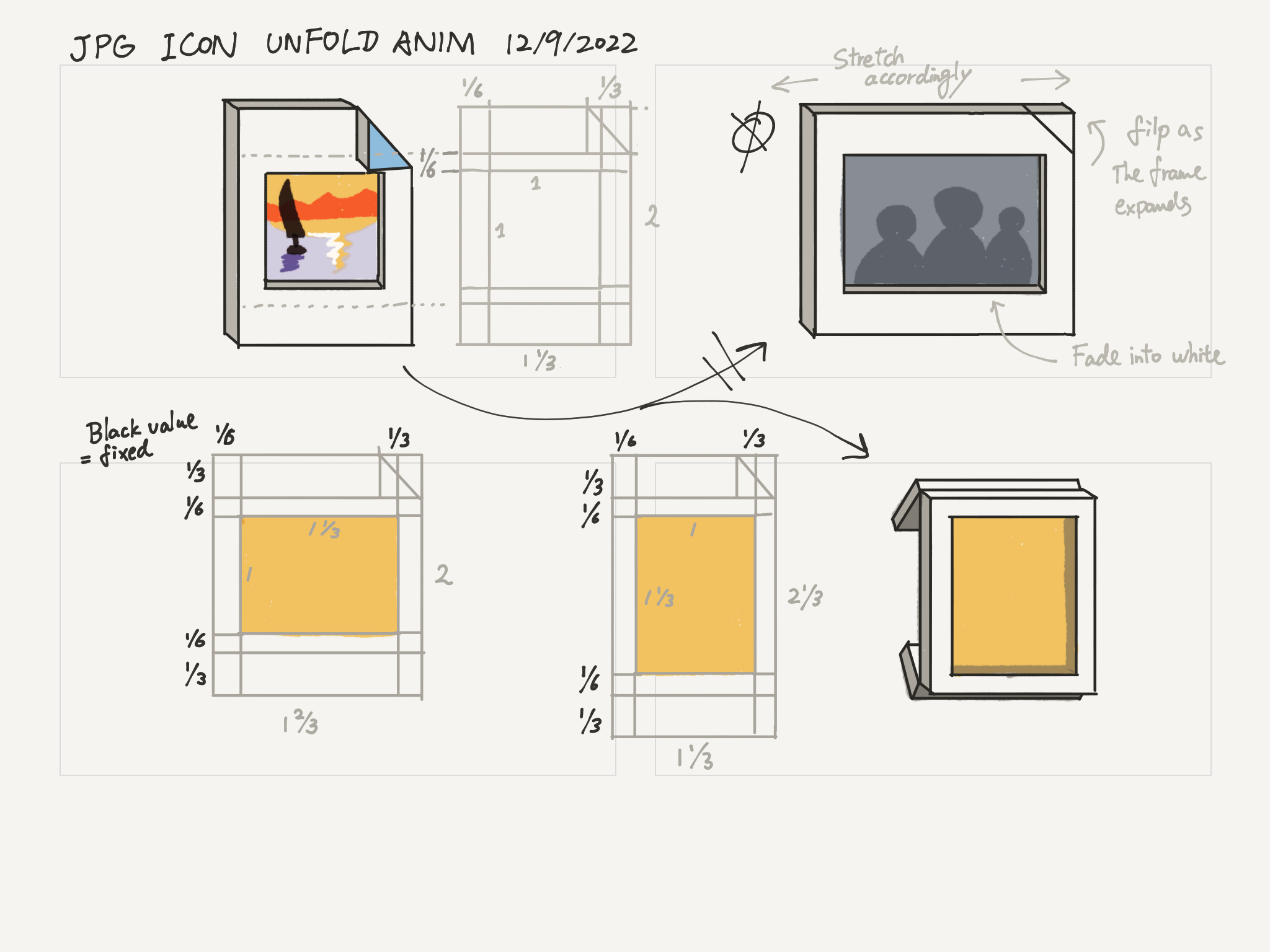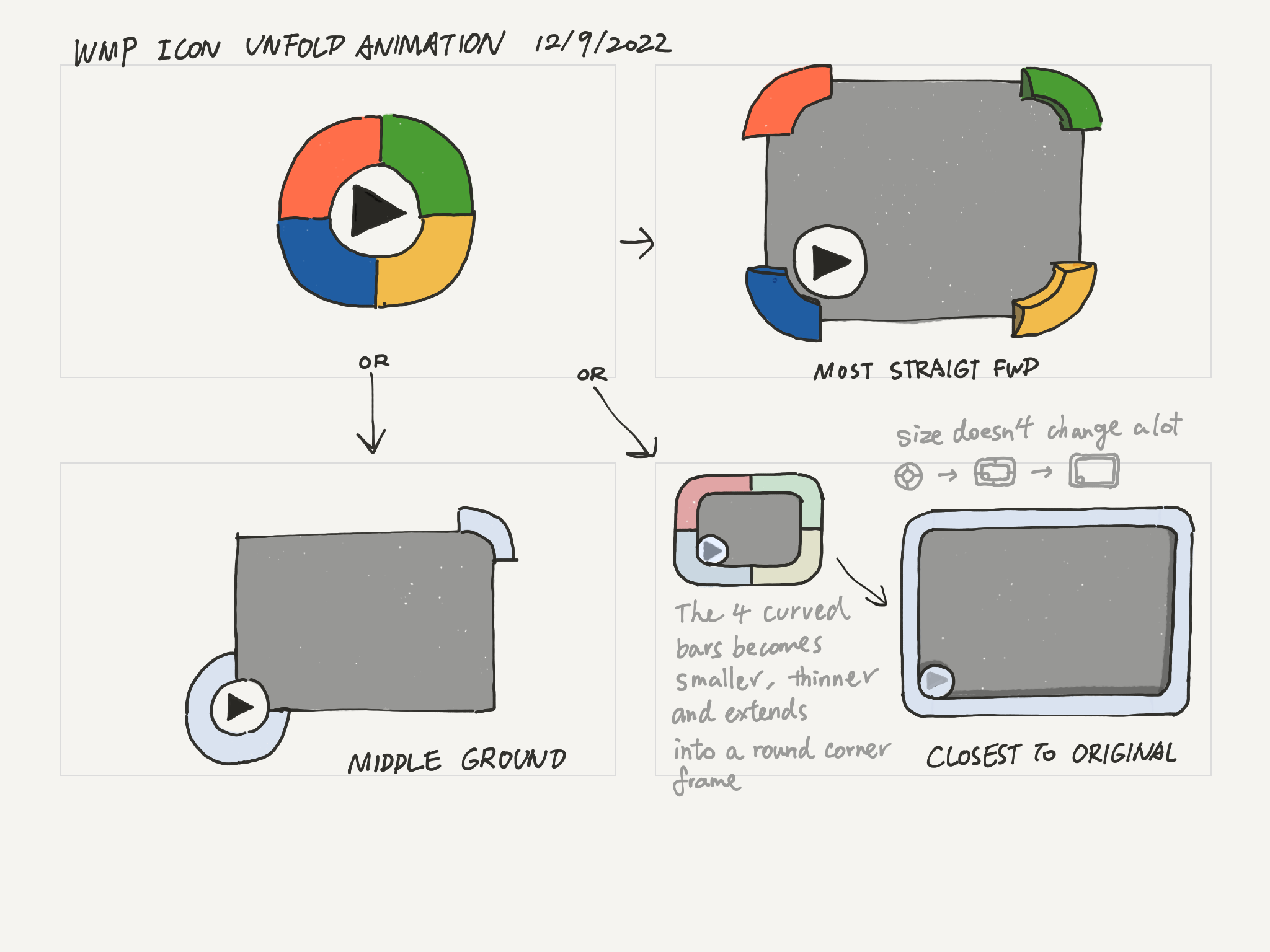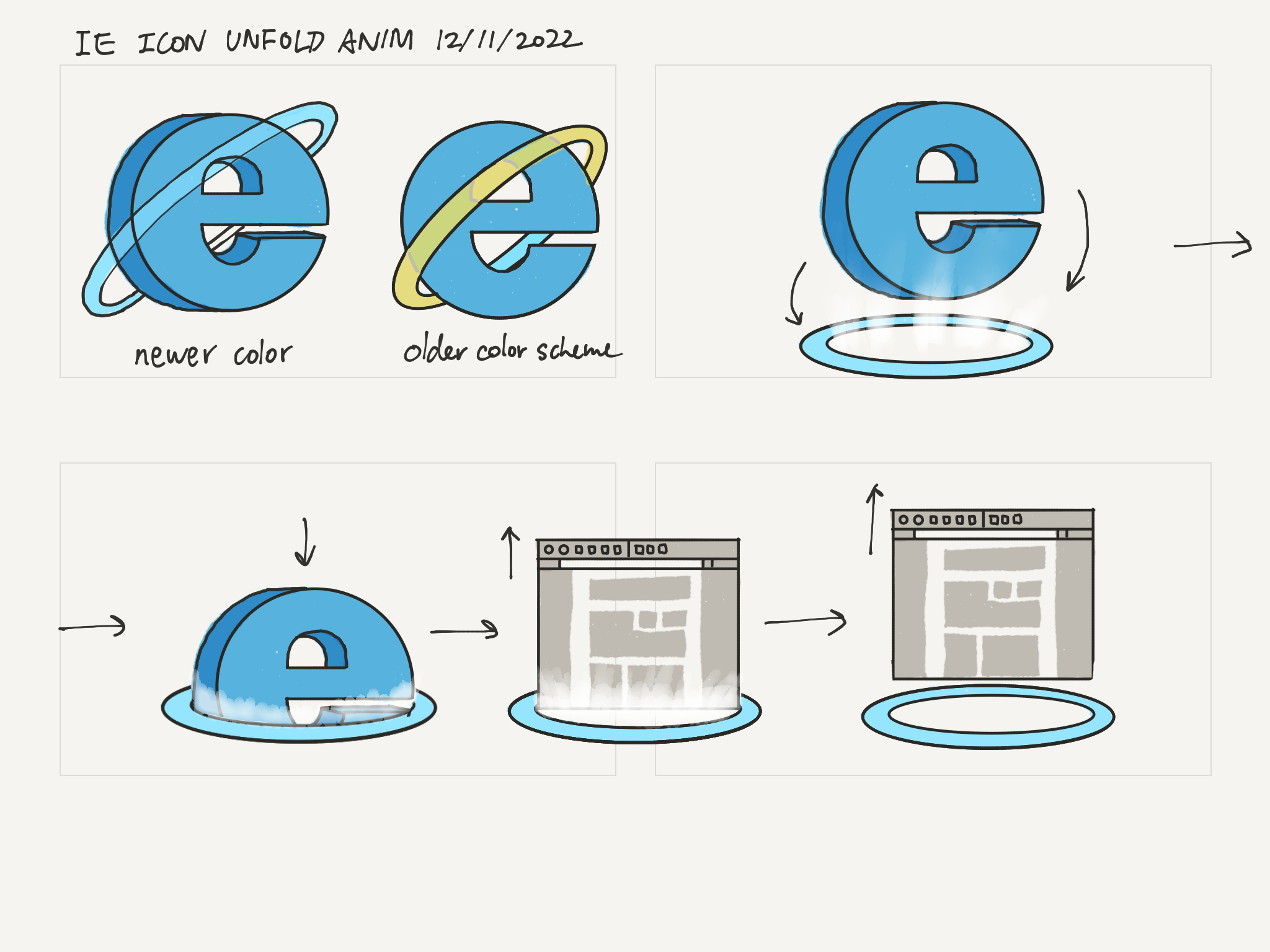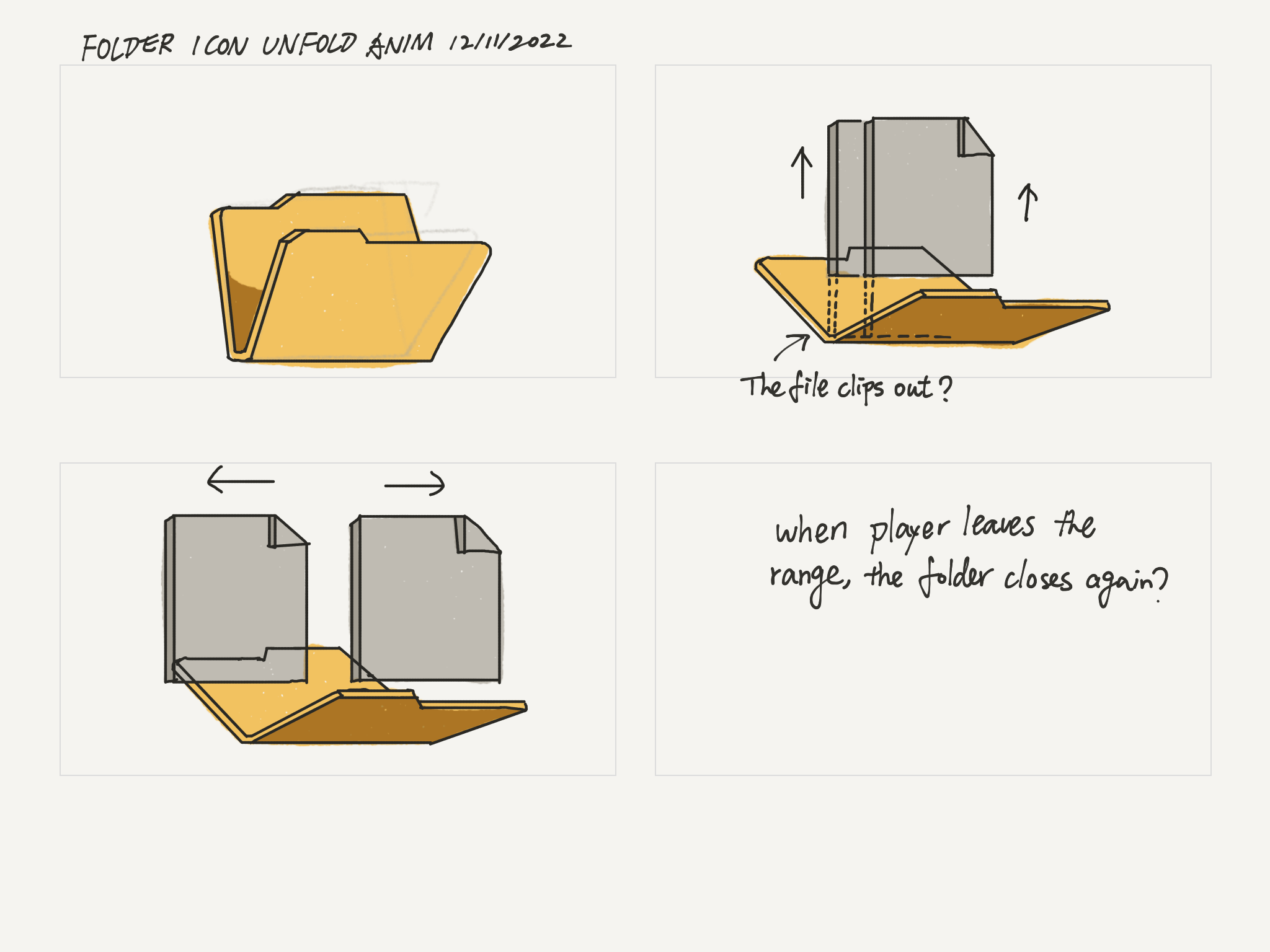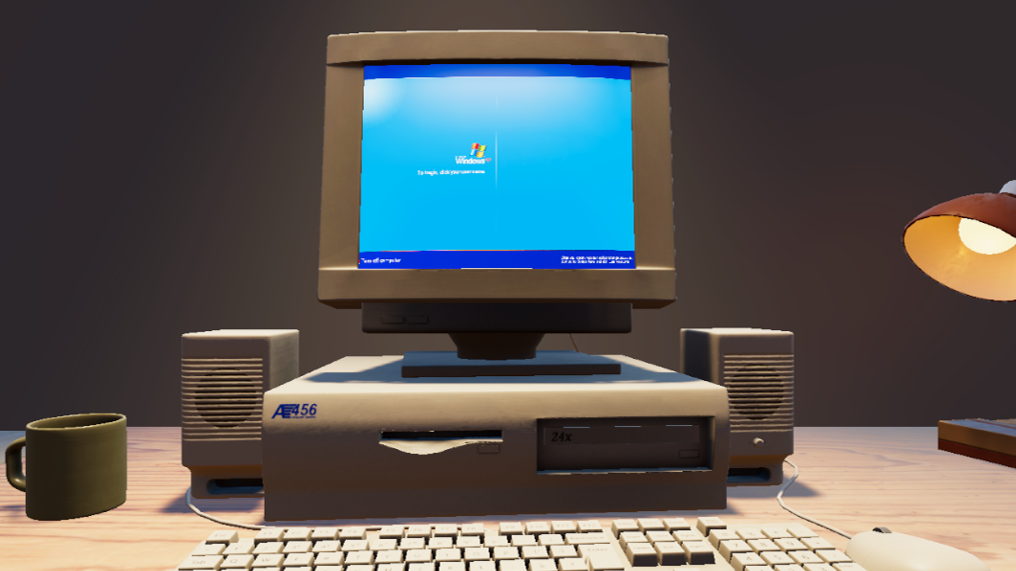

Bliss is a first-person experimental adventure game about nostalgia and childhood memories in a Windows XP fantasy world. The player turns on an old PC to retrieve important files before throwing it out.
Role: Level & World Designer, Producer, Narrative Designer, System Designer, Composer
Ongoing project. Early Access Spring 2023.
Download the pre-alpha test version on itch.io.
Join the Discord community for more updates.
Worldbuilding
Bliss has a vast and scenic open world built from scratch. Through environmental storytelling, it delivers two storylines to the player: the history of the Bliss Dimension and the life of the PC’s user.
The Bliss dimension is the objectification of a PC’s storage system, responsible for reading and saving documents for the user. A second in the real world equals 7 days in the Bliss world.
The Bliss world is, just like any PC storage, divided by hard drives (C:\, D:\, E:\ and F:\). In these areas live entities whose sole purpose of existence is creating and editing files. They inhabit the land generations after generations, building monuments, temples and altars to worship the god who controls the operation of the world (the user).
Level & System Design - Collecting and exploring
Bliss’ level design is centered around collectibles and Points of Interests (POIs) in the open world. Since the main goal of the game is to retrieve files, collecting and exploring is an essential part of the game.
There are four types of POIs: Files (27), Ruins (9), Altars (8), and Temples (2). Two kinds of collectibles: Crystals that the player can use to unlock POIs, and, again, Files that the player selectively stores in a floppy disc.
All of these elements provides different materials, from the utility ones to the narrative ones. The Machinations map below shows their relationship with each other.
Tips: Click “Play” to activate the map. Execute an action by clicking on the double-outlined shapes (for example, a click on “Temple activation” means inserting one crystal to unlock the temple’s gate).
If the Machinations map failed to load, click the button below to view it in fullscreen.
Narrative Design
As the narrative designer, I wrote two narrative lines in Bliss, parallel but stand on their own:
Character narrative
The backstory of the main character, the owner of the PC. The player will read about MC’s younger years through various files.
World narrative
The history of the Bliss world. The player reads about the natives, traditions and wars through wallpaintings.
Designing the fun
Experimental games are often boring.
The designers, while crafting cutting-edge works, are likely to fail on making the systems enjoyable and rewarding. Most gamers expect immediate and direct rewards for their actions, and it is inevitable that lots of experimental games will not be enjoyed by majority.
I faced the same problem. Our open world was too ambitious to fill up with content, and we didn’t want any UI, NPC or PvE battles to enrich the gameplay because, well, it’s an experimental game. The early playtesters always decribe it as “boring” and “empty”. To make Bliss’ gameplay more organized and rewarding, we designed a system around the collection mechanic.
In Bliss, the player is provided with the context that they turned on an old PC to retrieve and collect personal files loaded with memories. The files will be saved with a 3.5 inch diskette (floppy disc) of limited storage, making selective collection the core gameplay of Bliss.
Toggle Content
Credits
Congzhou (Nicky) Du
Level, System, and World Designer
Producer
Composer
Tianyou (Alex) Wang
Technical Artist
Technical Game Designer
Technical System Designer
Cecil Boey
Technical Artist
3D Artist
Level Designer
